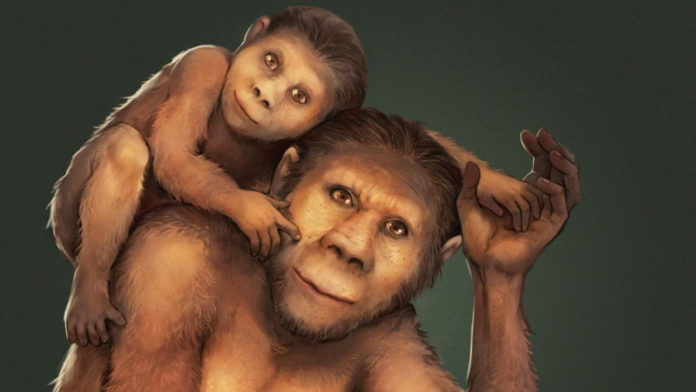Research shows that 2 million years ago, in early humans breastfeeding could go on for up to 6 years
More than two million years ago, Australopithecus africanus lived in South Africa during a period of major climatic and ecological change. This human ancestor had both human and ape-like traits, and sits in the family tree just before the origins of our own genus, Homo.
A new study published in Nature has discovered the breastfeeding patterns of one of our earliest evolutionary ancestors for the first time, making way for new theories of human evolution.This distant ancestor Australopithecus africanus had a unique approach to raising their young.
Breastfeeding for up to 5-6 years is metabolically expensive—it requires a certain input of calories for the lactating mother. Using milk as a supplemental food for older offsprings may have hampered the ability of the africanus species to successfully survive during a period of changing climate
Geochemical analysis of four teeth shows they exclusively breastfed infants for about 6-9 months, before supplementing breast milk with varying amounts of solid food until they were 5-6 years old. The balance between milk and solid food in this period varied cyclically, probably in response to seasonal changes in food availability.
This knowledge is useful on several fronts. From an evolutionary point of view, it helps us understand the particular biological and behavioral adaptations of Australopithecus africanus compared to other extinct human ancestors and modern humans.
However, breastfeeding for up to 5-6 years is metabolically expensive—it requires a certain input of calories for the lactating mother. Using milk as a supplemental food for older offspring may have hampered the ability of the africanus species to successfully survive during a period of substantially changing climate.
Living in a region with limited food resources meant these early hominins would have eaten lots of different kinds of foods collected from varying habitats in order to survive.
This research provides the first understanding of the nursing behavior of A. africanus. We now know this hominin had an extended period of breastfeeding supplemented by varying amounts of solid food that caused their fat reserves to fluctuate significantly.
This was likely part of a largely successful survival strategy for the species.
But as ecosystems changed with climate around 2 million years ago, the metabolic stress on mothers may have contributed to the eventual extinction of this species.


